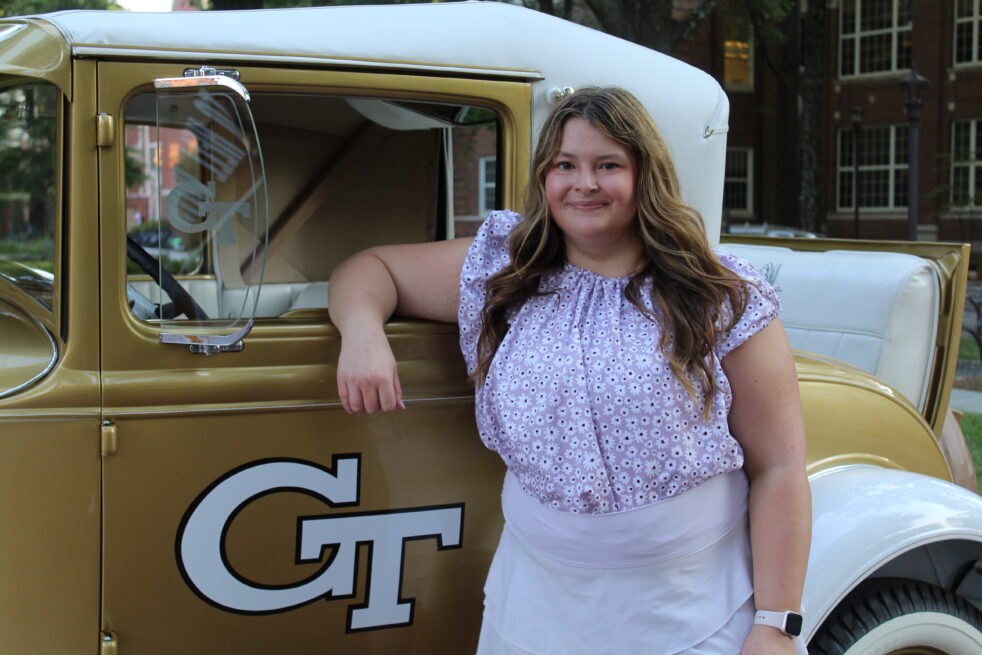When writing this, I am in no way trying to speak on behalf of any community or individual or experience other than my own as a white woman from Atlanta.
The importance of representation within spaces of higher education can often be overlooked. Beyond the importance of increasing diversity within spaces that a college degree is required to enter, as many engineering industries do, the social aspect of college is equally as important. College is a time when many people’s worldviews develop and begin to solidify, and their view on who they expect their peers to be in the world around them informs how they navigate the world for the rest of their lives. In college, you typically spend your time studying with those who have similar career aspirations as yourself, so logically you imagine your future workplace to be reflective of the students and professors that you encounter. When the students around you look like you, it signals that you belong, but when you are noticeably a minority, it can make you feel like you are out of place. It can also inform those in the majority to not expect to see many people that
do not look like them.
When the students of today eventually become the people interviewing new hires in industry, the decisions that they make are inevitably impacted by biases they might not even know they have, and these biases are developed by their experiences of who they have seen be successful in their field.
Beyond professional implications, the people that one socializes with impact their opinions on both different types of people they might not have encountered before. Through the growth and bonding that happens throughout the course of a collegiate friendship, empathy is grown for any differences between yourself and your friends. On the flip side, when a person is only friends with people with the exact same background as them, their silent biases are confirmed within them — that the people who are like them are “normal” and everyone else is “other.”
Regardless of the extent of a connection, whether it is simply being classmates or a lifelong friendship, the people you see in college become your expectation for who you will see in professional spaces for the rest of your life.
For a top institution like Tech, many graduates will be making decisions that will massively impact our world for decades to come. If Tech’s students are going into the world with an incomplete vision of who ought to be alongside them in their field, hiring decisions made decades from today will undoubtedly reflect biases created within the halls of our Institute. Growing up, there was a very noticeable contrast between who I saw at school and who I saw around Atlanta. The K-12 school I attended was a very small private school that was, especially at the time, overwhelmingly white. Especially when compared to a city as diverse as Atlanta, this demographic difference was quite stark. Tech’s student demographics are also quite different from the city of Atlanta. On top of the infamous 60/40 split between male and female students, Tech’s percentage of African American students, at 8% compared to Atlanta’s 48%, stands out as quite low. While Atlanta has a much higher percentage of African Americans than the country as a whole, they are still underrepresented in the undergraduate student population at Tech. Diversity is more than numbers, but looking at the breakup of a population can reveal critical gaps that may exist. The students that Tech admits are the people that industry leaders of tomorrow believe they should be hiring, which is a responsibility that the Institute’s admissions department should not take lightly.
